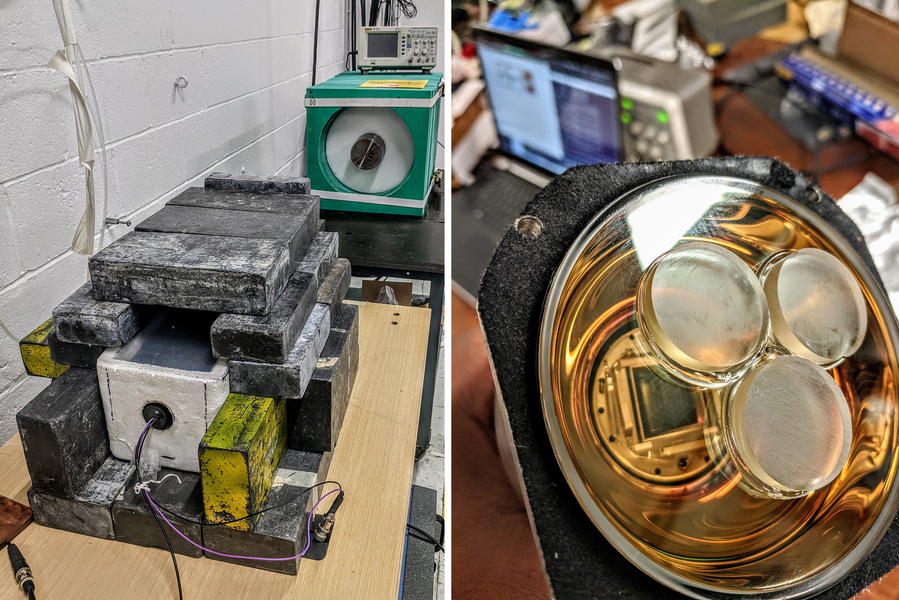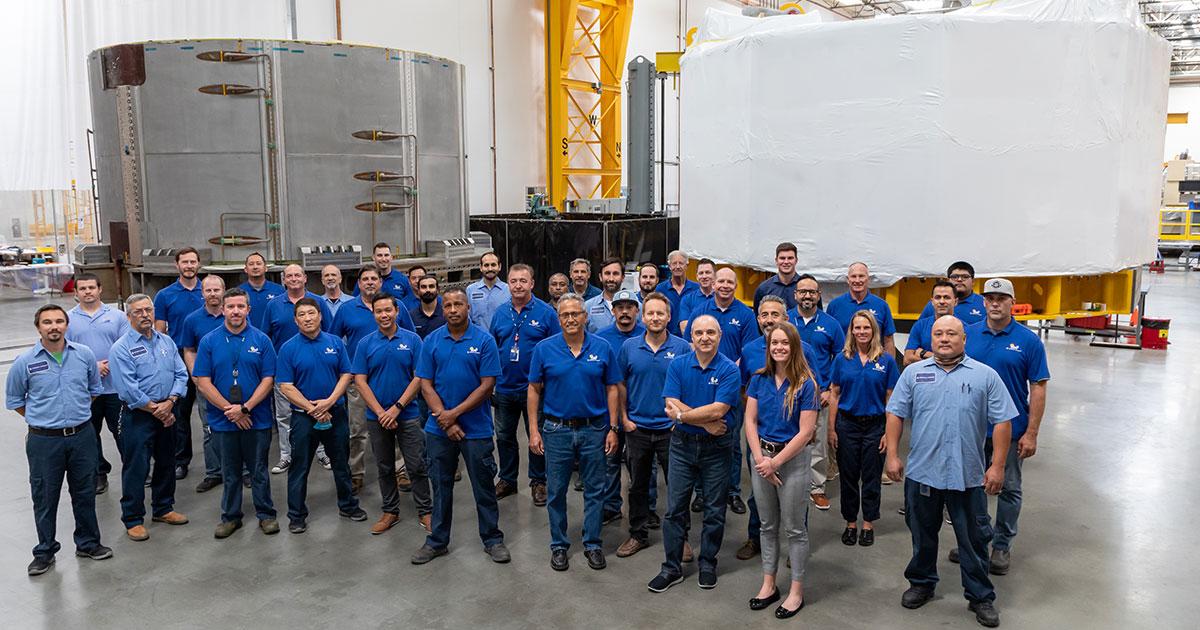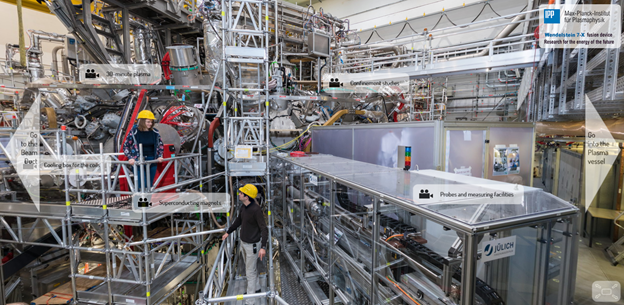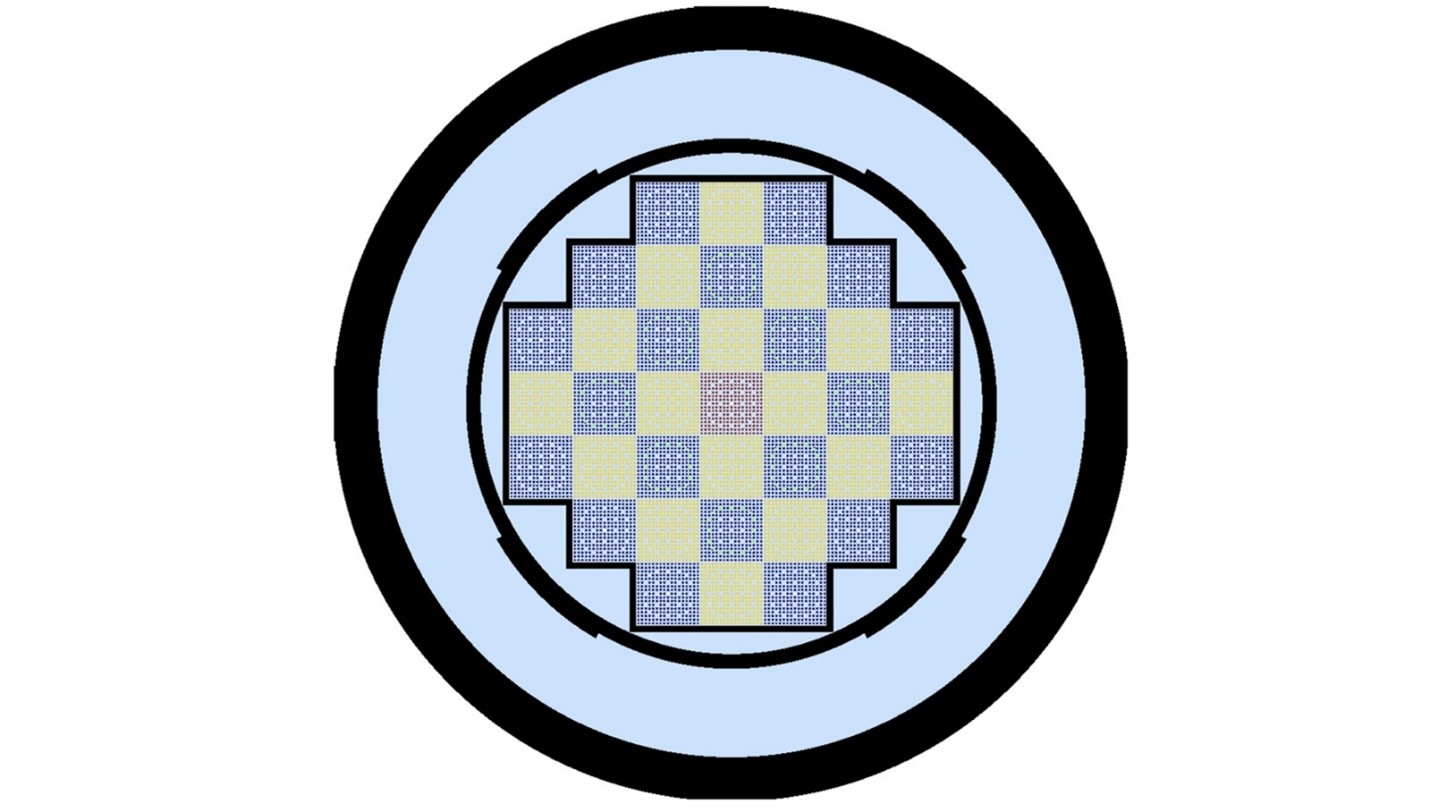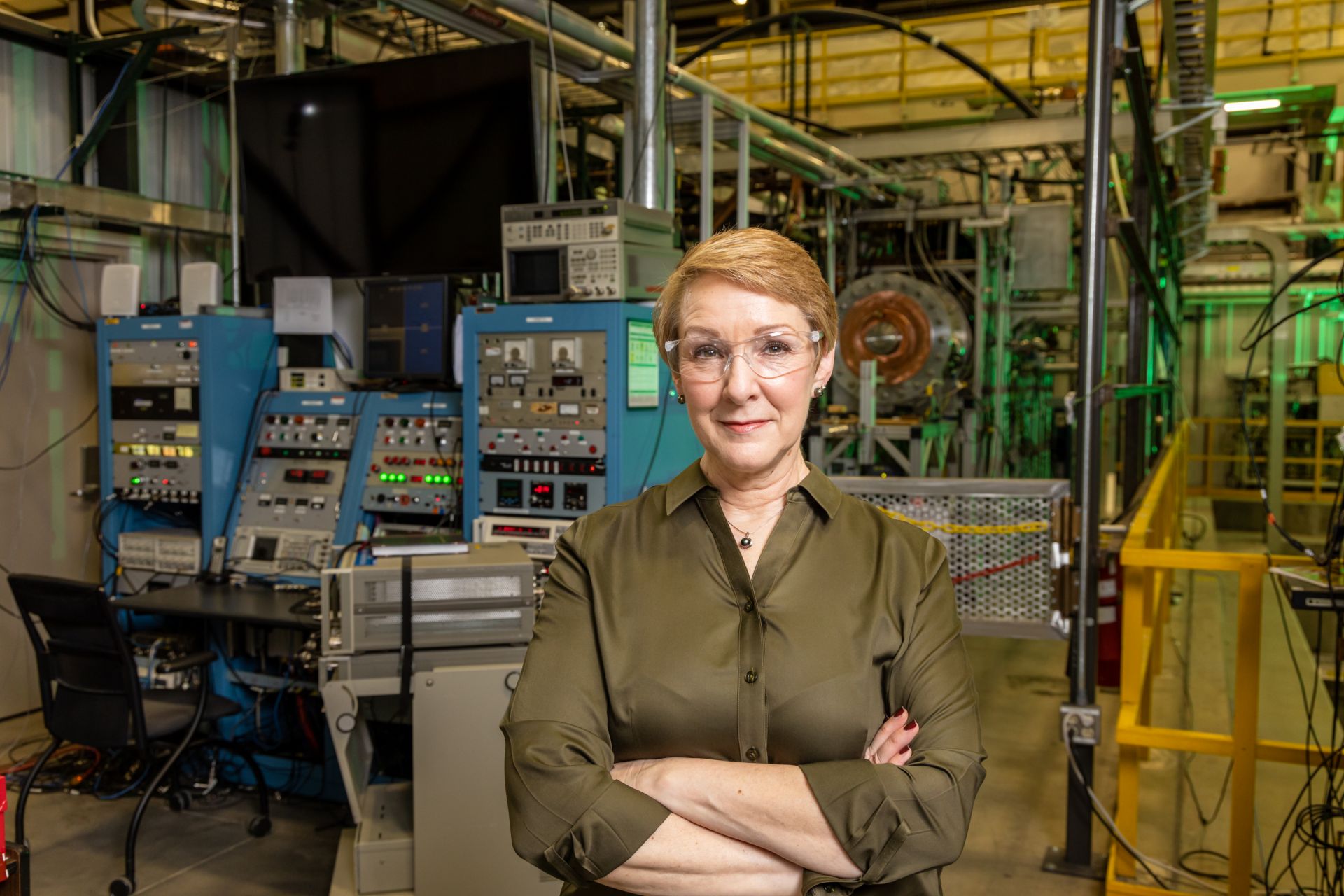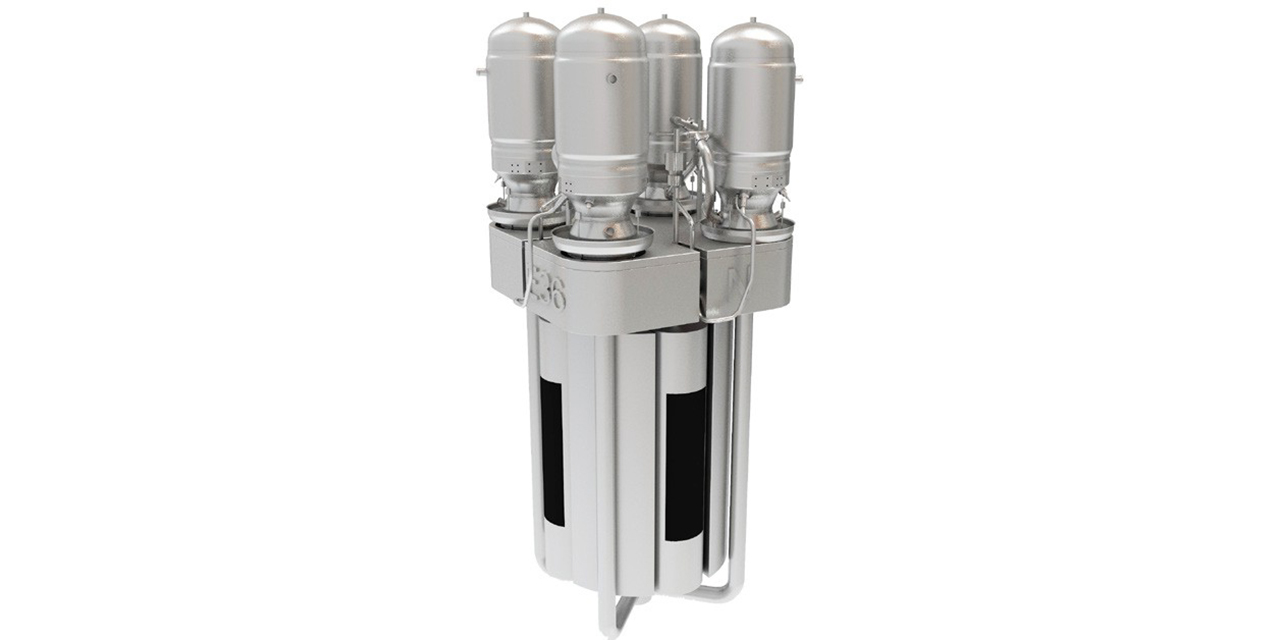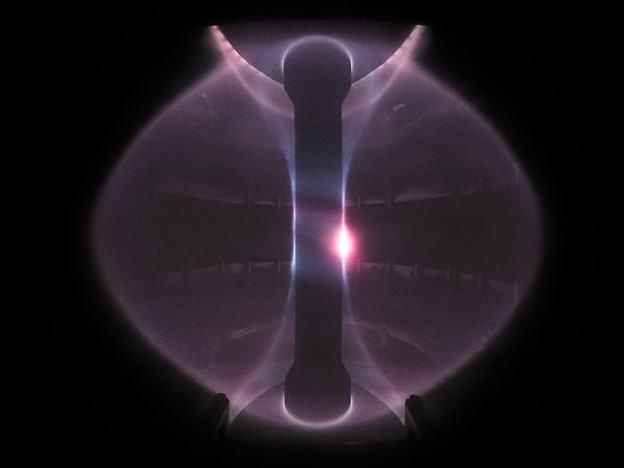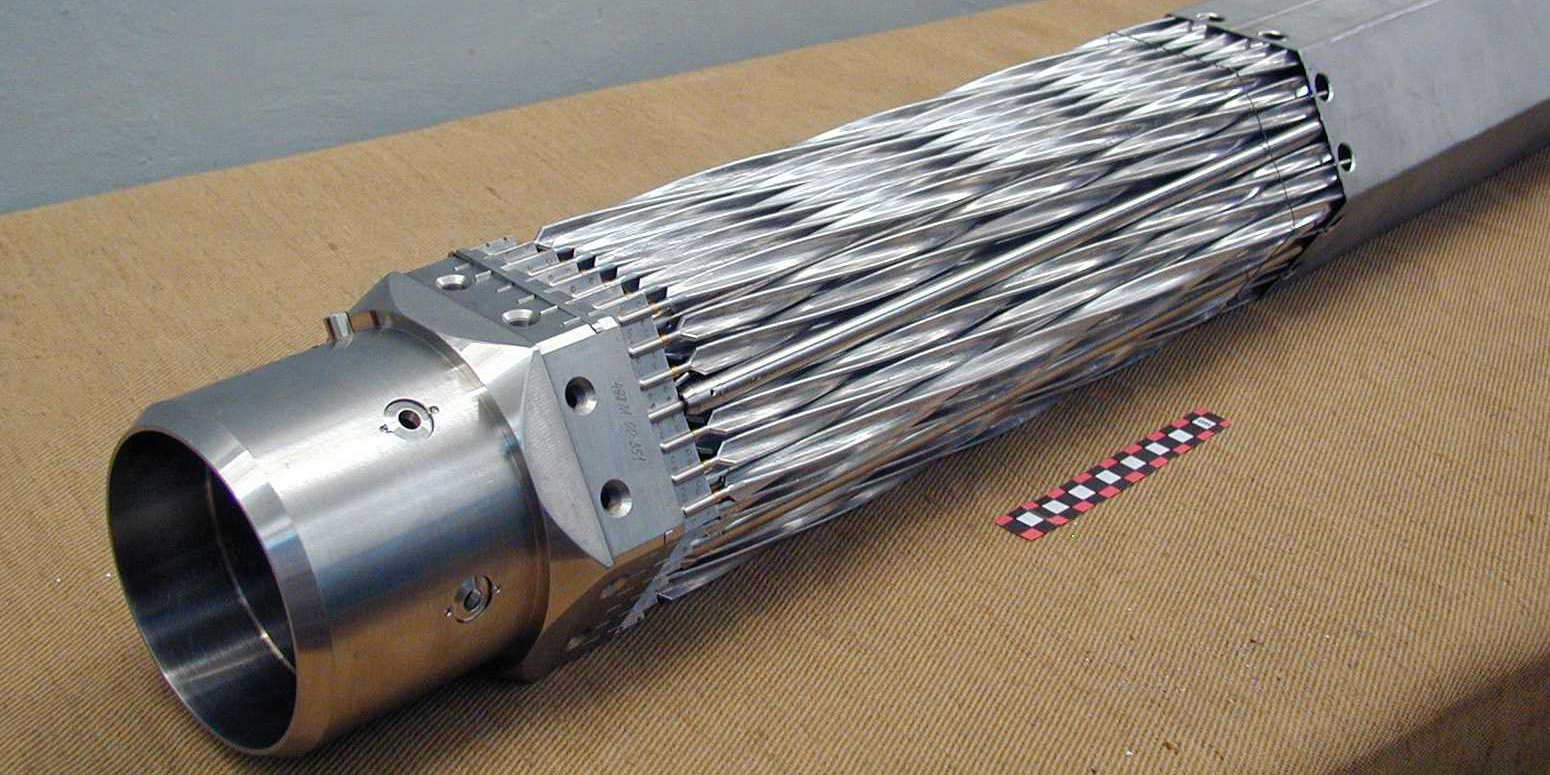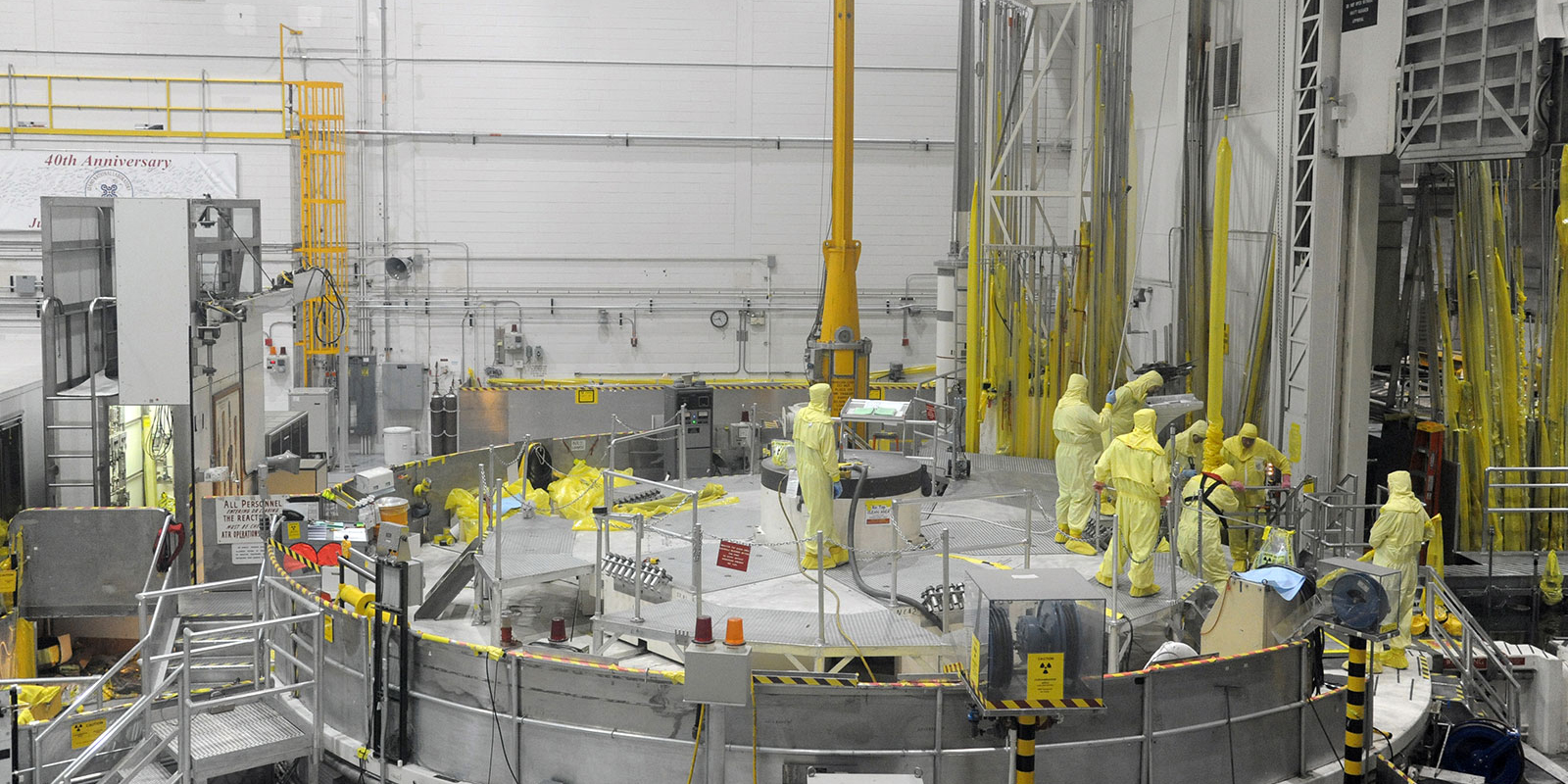Feasibility study for nuclear hydrogen under way in Canada
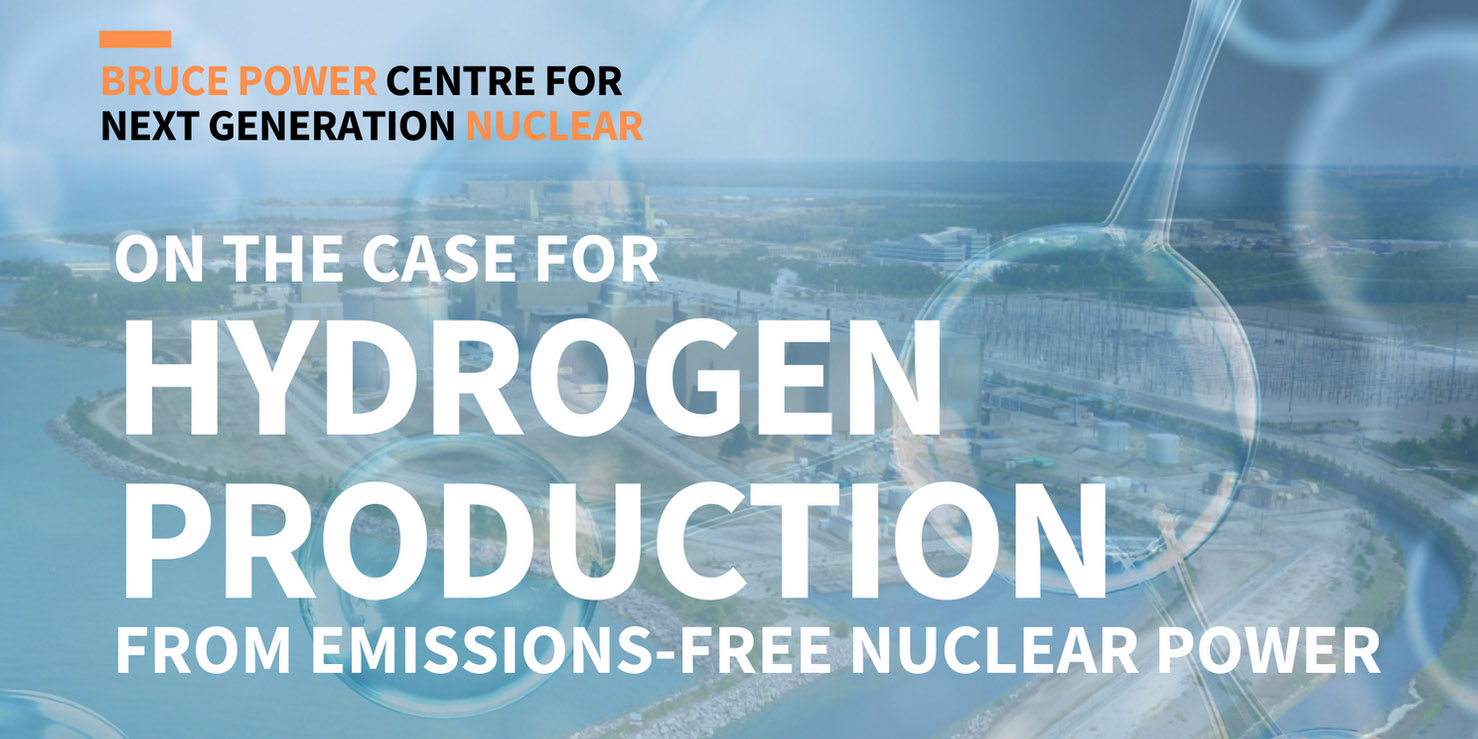
The Nuclear Innovation Institute (NII) has launched a study on the role of nuclear power in supporting a growing hydrogen economy. The study will be the first of its kind in Canada to evaluate the technical viability and business case for hydrogen production from nuclear power, according to NII, an Ontario, Canada–based nonprofit formed in 2018 to accelerate innovation in the nuclear industry.


